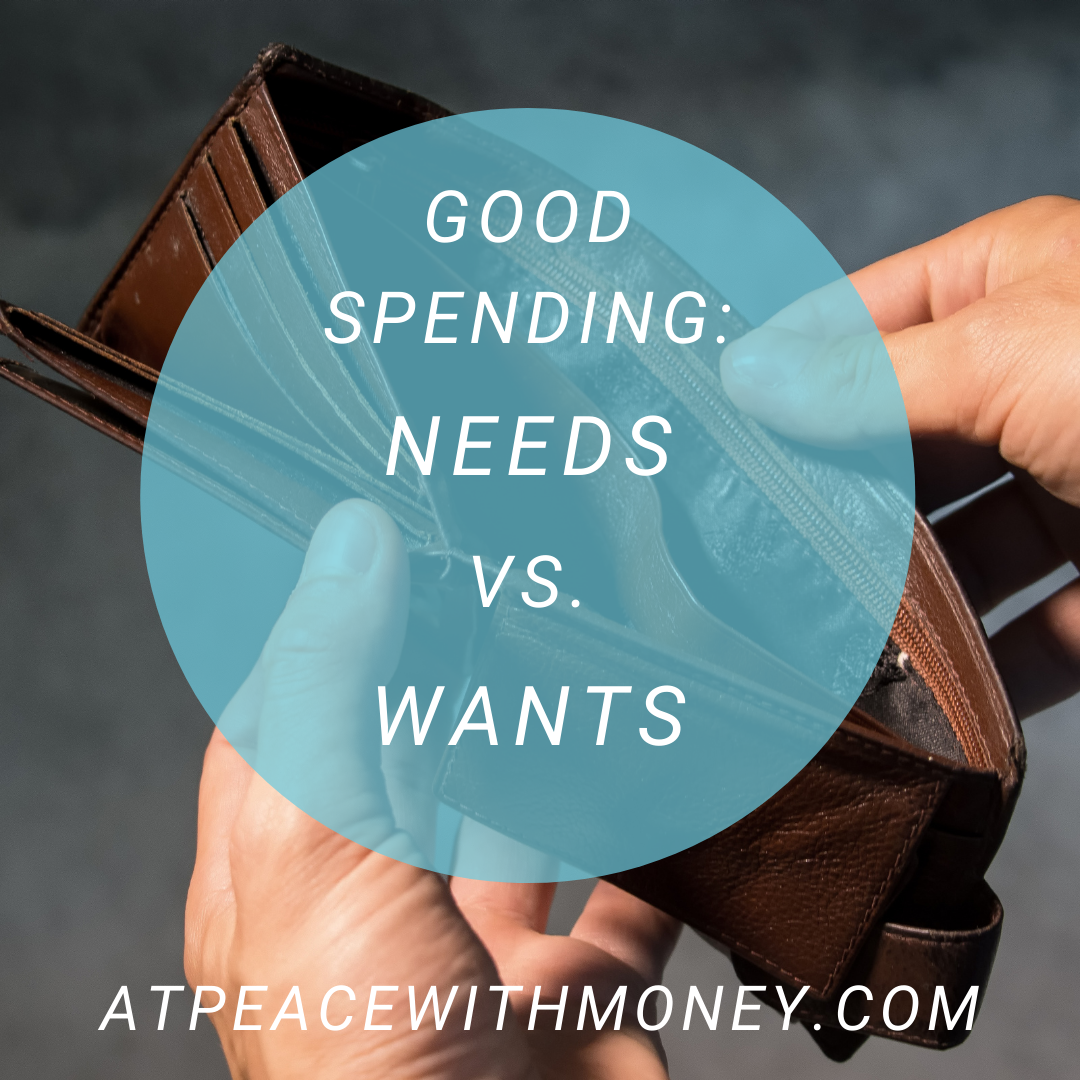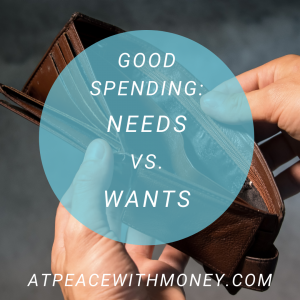How to Tailor Your Income Goals to Your Life

One of my favorite sayings comes from the artist-turned-business mind Jennifer Armbrust: “A business is a needs-fulfillment machine.” Your business exists to support you; to fulfill your needs. However, if you don’t have a clear picture of what those needs are, it can be difficult for your business to fill them. This week, I’m suggesting that to really financially care for ourselves, we investigate the true costs of our lifestyles. By doing so, we will be able to make informed decisions about what income goals we’d like our businesses to meet.
The Process
Time to take a realistic look at how much money you’re spending every month. Dig up the past three months of your bank and/or credit card statements. (For most of us, these should be available online). Go through line by line to see where your money is really going. Total up all the expense categories, i.e. groceries, utilities, rent, etc.
Once you’ve got your totals, you have a realistic picture of how much money you need on a monthly basis. At this stage, you may find it helpful to look critically at your lifestyle, and see if there’s anything you’re interested in culling. If you’re looking for some ideas around creating a budget or spending plan, I’d recommend these articles of mine. Click here.
Set Informed Goals
 Whether you decide to create a spending plan and reign in your expenses, or feel satisfied with your lifestyle costs, you now have a complete picture of your financial needs. At this point, you can now set informed income goals that are designed to meet those needs in your personal life. Without this crucial information, your goals will just be shots in the dark, aimed at an amount of money that “sounds nice” but doesn’t tangibly satisfy a need.
Whether you decide to create a spending plan and reign in your expenses, or feel satisfied with your lifestyle costs, you now have a complete picture of your financial needs. At this point, you can now set informed income goals that are designed to meet those needs in your personal life. Without this crucial information, your goals will just be shots in the dark, aimed at an amount of money that “sounds nice” but doesn’t tangibly satisfy a need.
Additionally, once your have this information, you can also take a look at how your business is doing in its current state. Is it making enough to support you? Whether you’ve got a side hustle or something you want to stretch into a full source of income, checking in with this question is important. If your answer is no, you can start to strategize around how you might close that gap. For more ideas on this, check out this post.
I hope this post inspires you to keep working to create a business that truly meets your needs. If you would like to work with an accountability partner and guide to identify your values and shape your finances around them, check out 4 Week Money Refresh, a package of 4 private 1 hour personal financial coaching sessions on early bird sale through April 15th!
☮
Angela
This article was originally posted in 2019 as part of a month-long series on financial self-care. Specifically, I’m focusing on what you can do with your money to take care of yourself and improve your business in 2019. You can read the whole series by clicking here.
Image: CoWomen






 You may have some idea of whether you fit into either category. If you’re not sure what over-saving is, I recommend
You may have some idea of whether you fit into either category. If you’re not sure what over-saving is, I recommend 

 informed income goals that are designed to meet those needs in your personal life. Without this crucial information, your goals will just be shots in the dark, aimed at an amount of money that “sounds nice” but doesn’t tangibly satisfy a need.
informed income goals that are designed to meet those needs in your personal life. Without this crucial information, your goals will just be shots in the dark, aimed at an amount of money that “sounds nice” but doesn’t tangibly satisfy a need.

 As someone who’s been involved with finance throughout my career, I love hearing about and researching new financial ideas. When I came across
As someone who’s been involved with finance throughout my career, I love hearing about and researching new financial ideas. When I came across  ur spiritual needs, etc.Which of these needs is your business meeting? Which ones are not being met, and how could you adapt your business to better serve you in that area? What are your goals? Is your business helping you meet those? Answering these questions can help you discover whether your business is truly supporting you in all the ways it could. Approaching your business with a creative eye can help you create something more supportive. That’s Profit First in action!
ur spiritual needs, etc.Which of these needs is your business meeting? Which ones are not being met, and how could you adapt your business to better serve you in that area? What are your goals? Is your business helping you meet those? Answering these questions can help you discover whether your business is truly supporting you in all the ways it could. Approaching your business with a creative eye can help you create something more supportive. That’s Profit First in action!